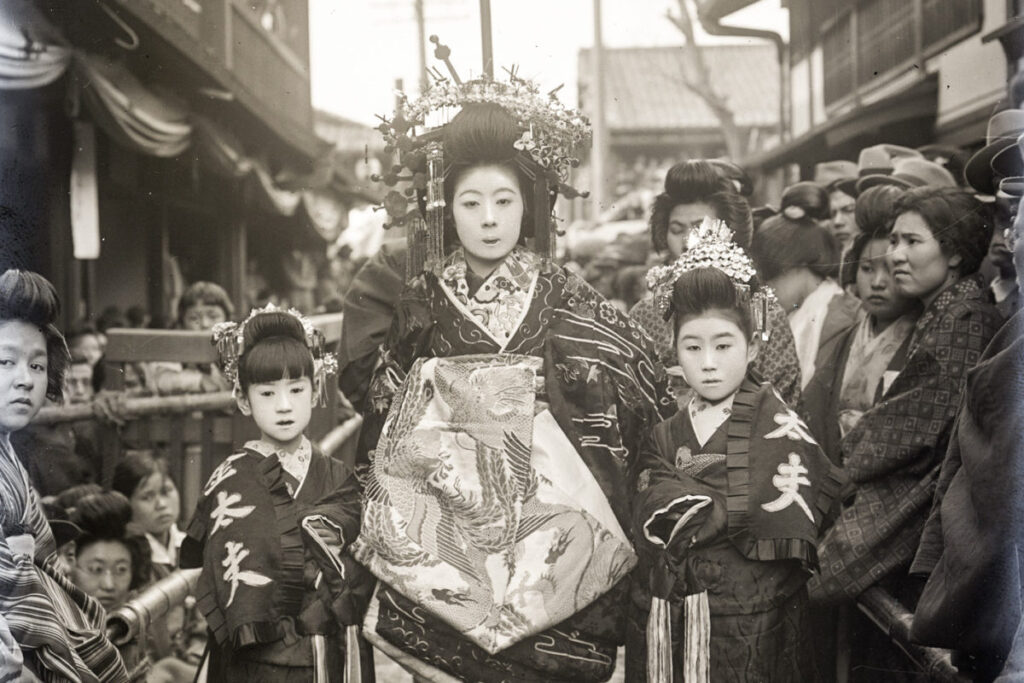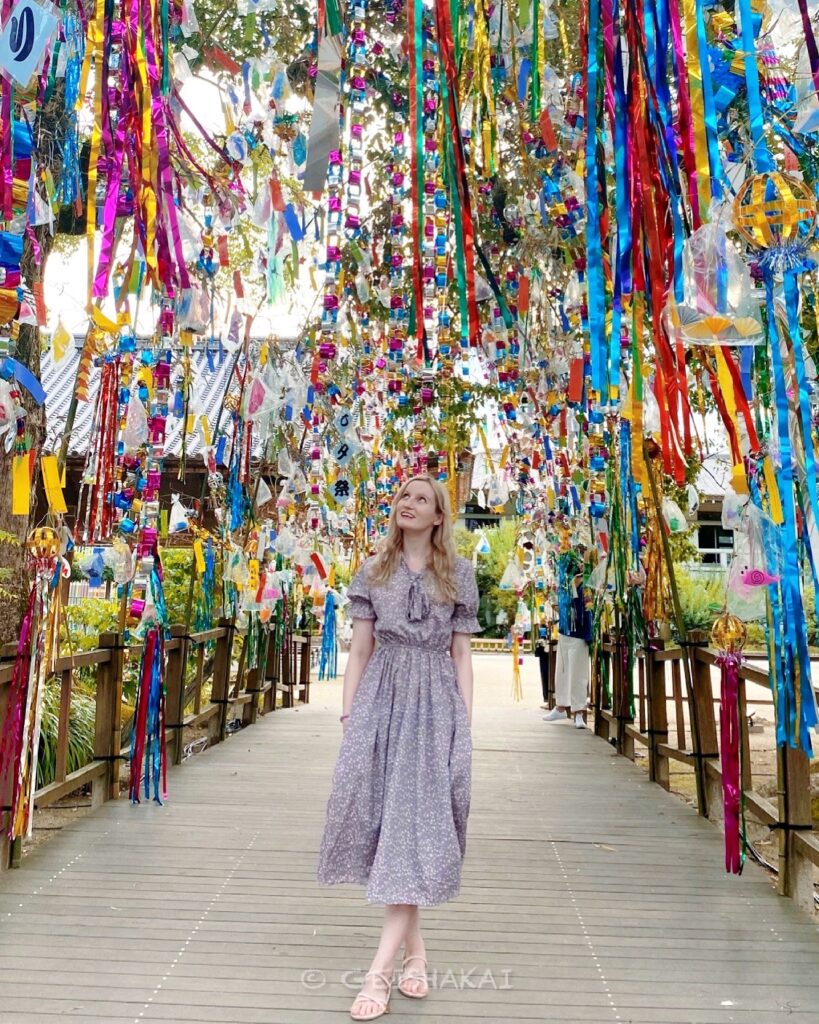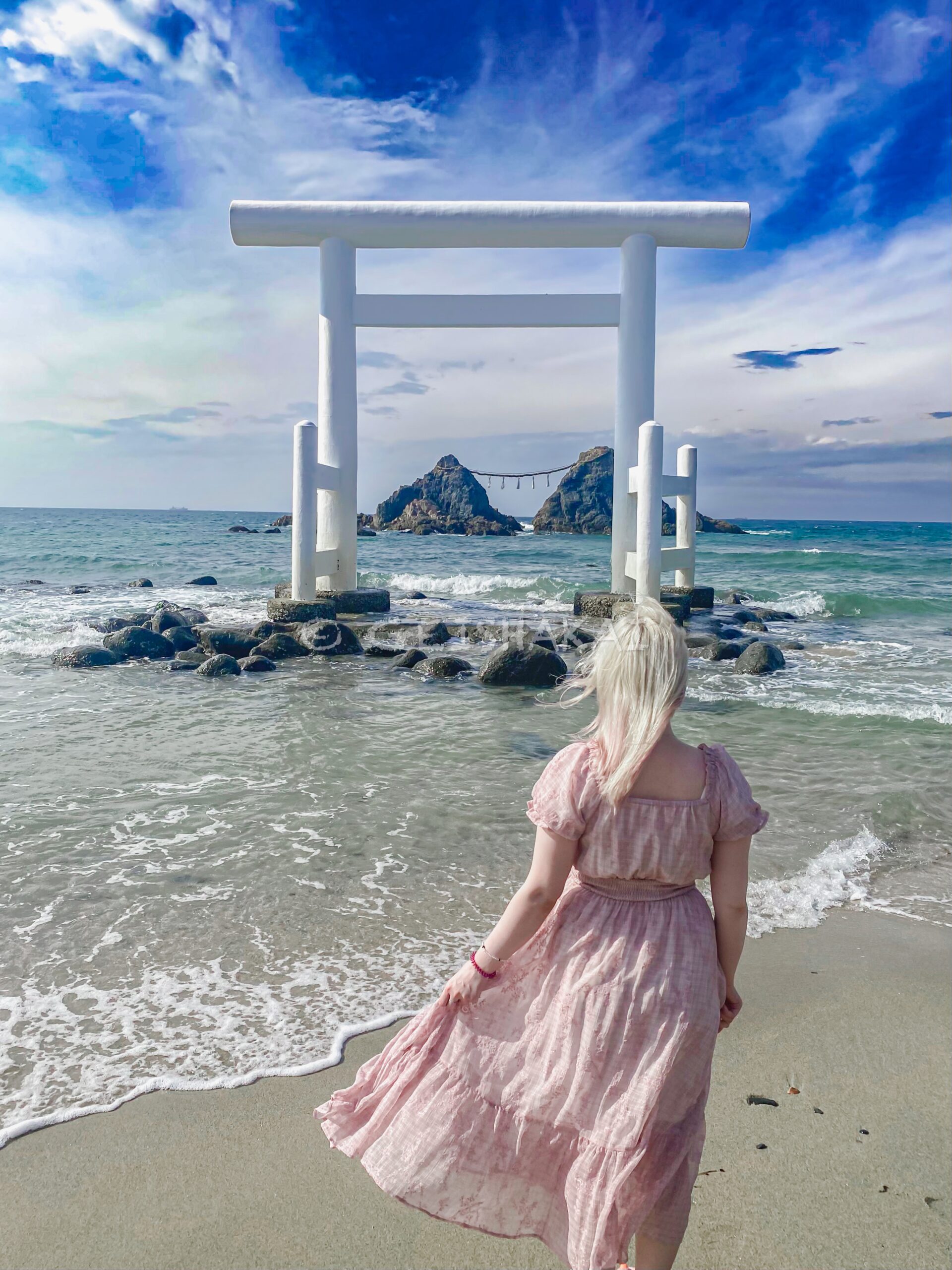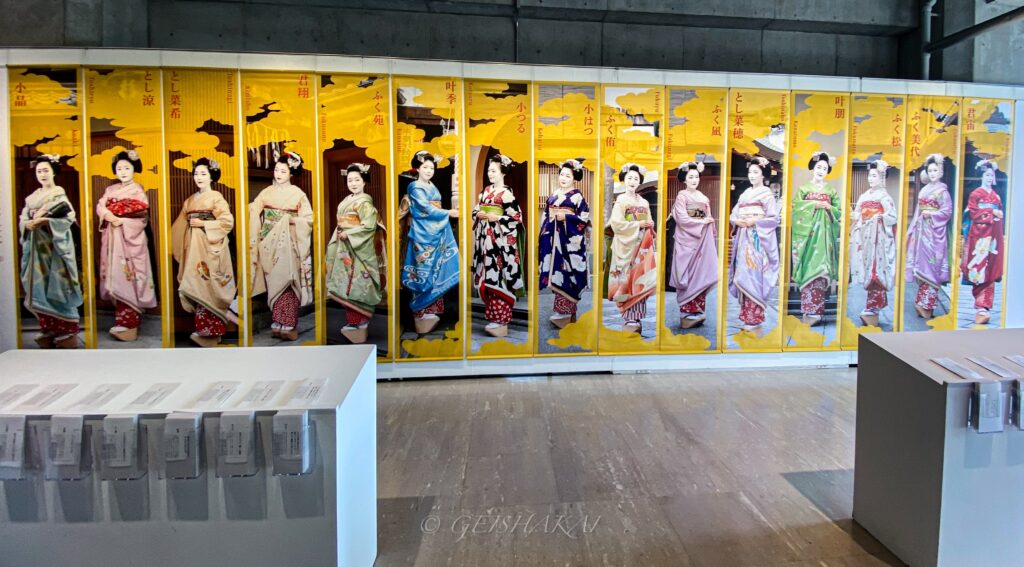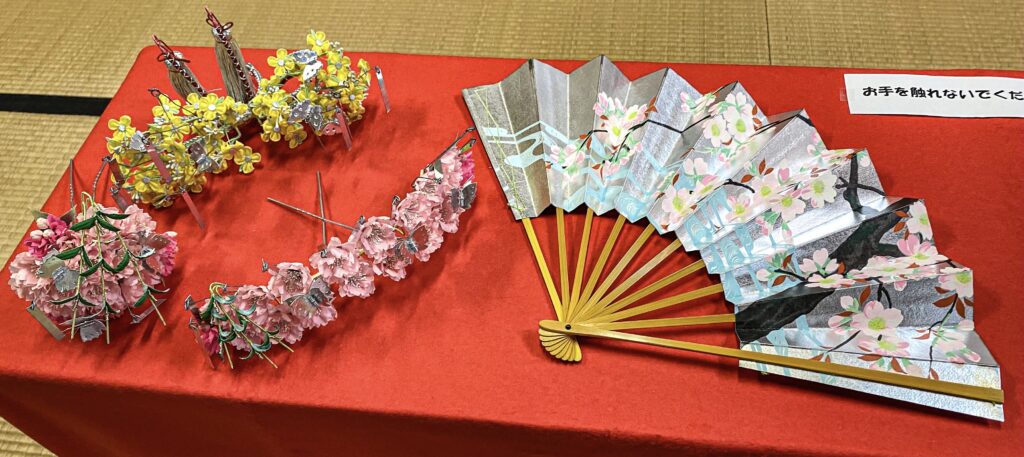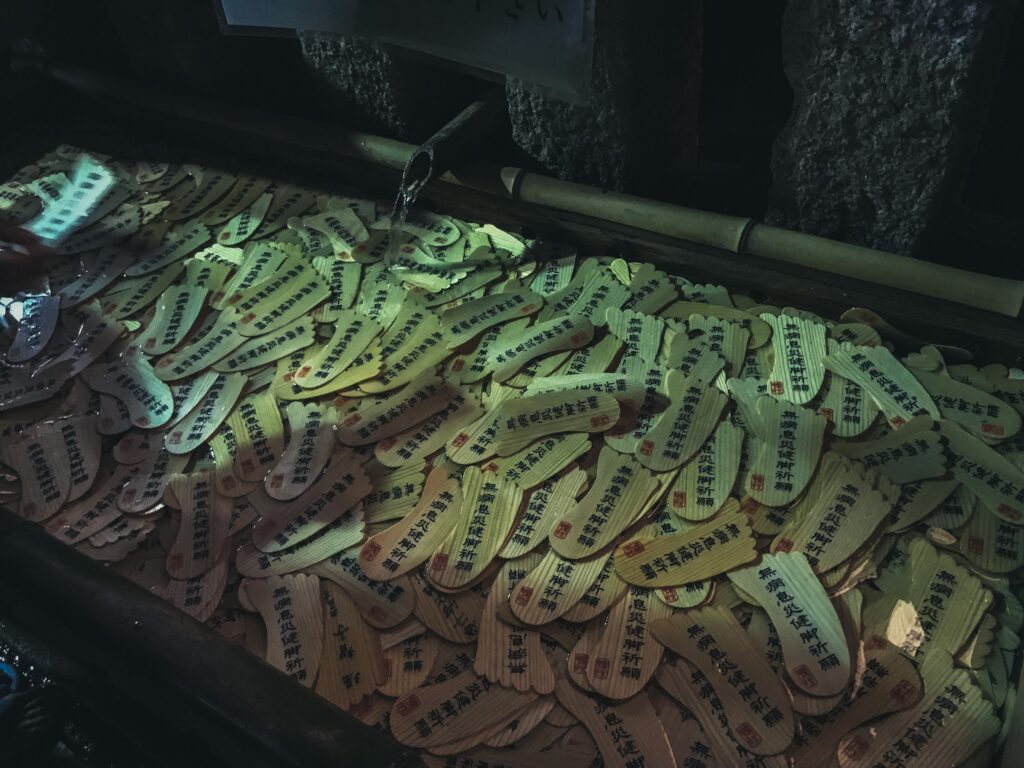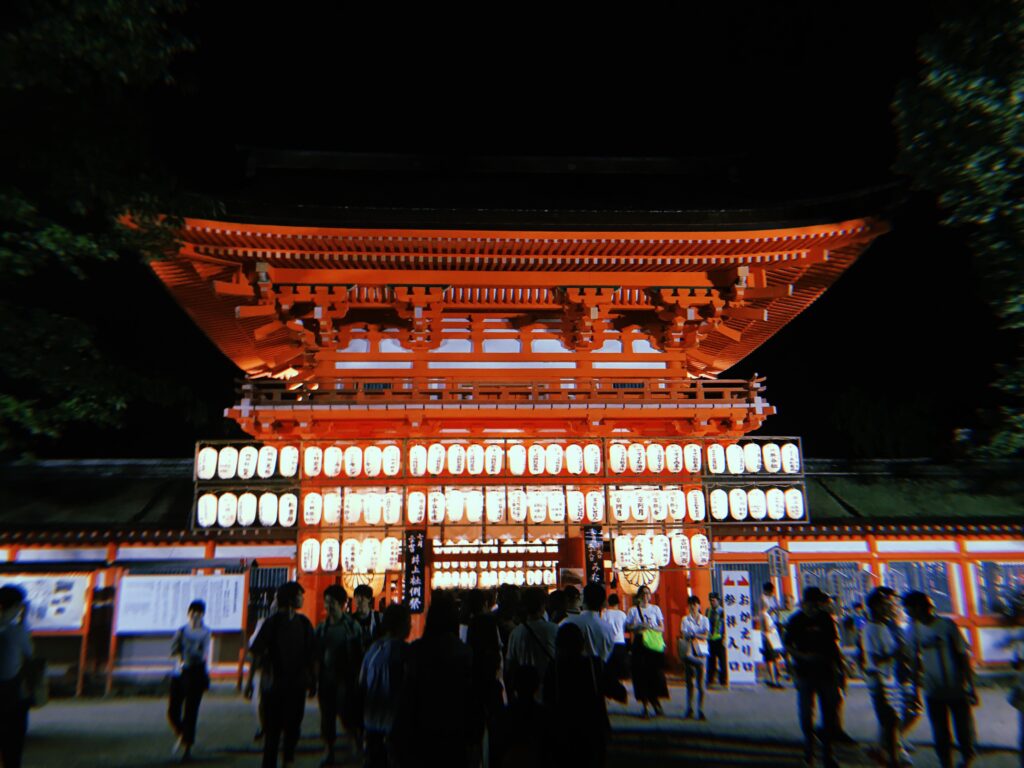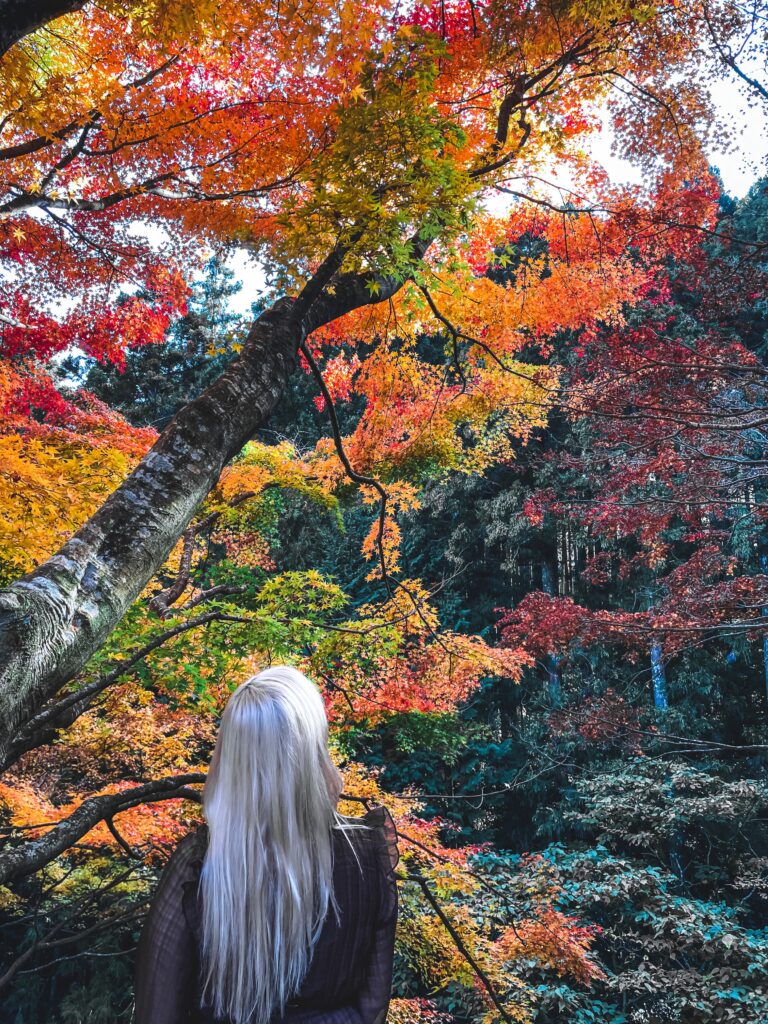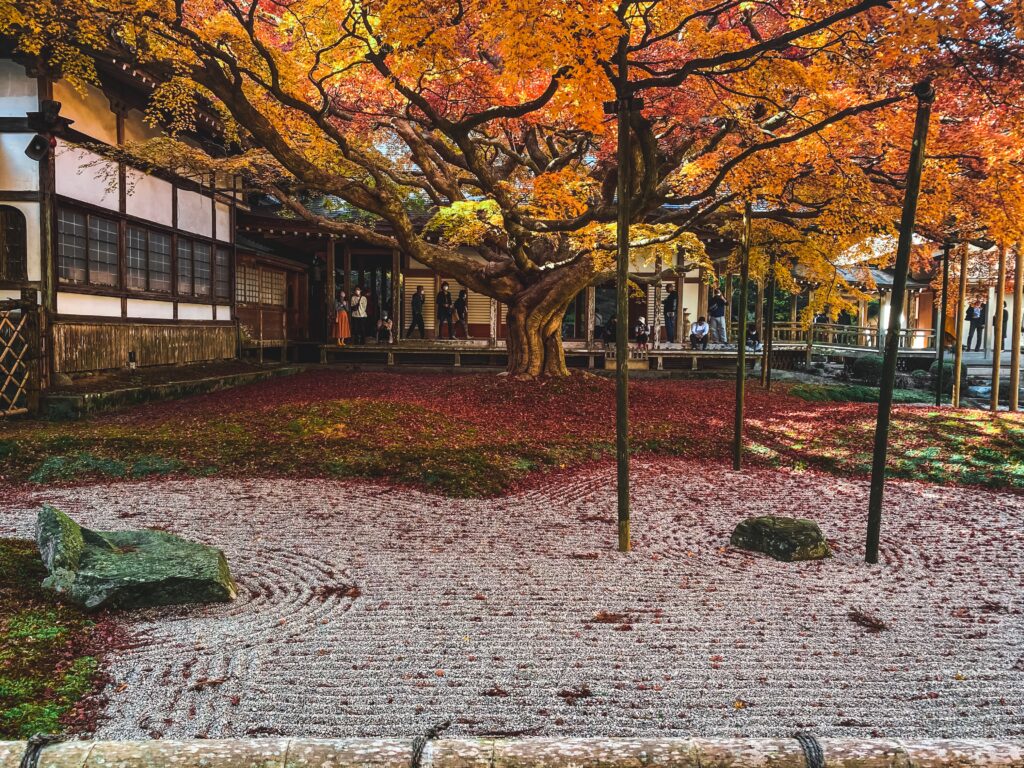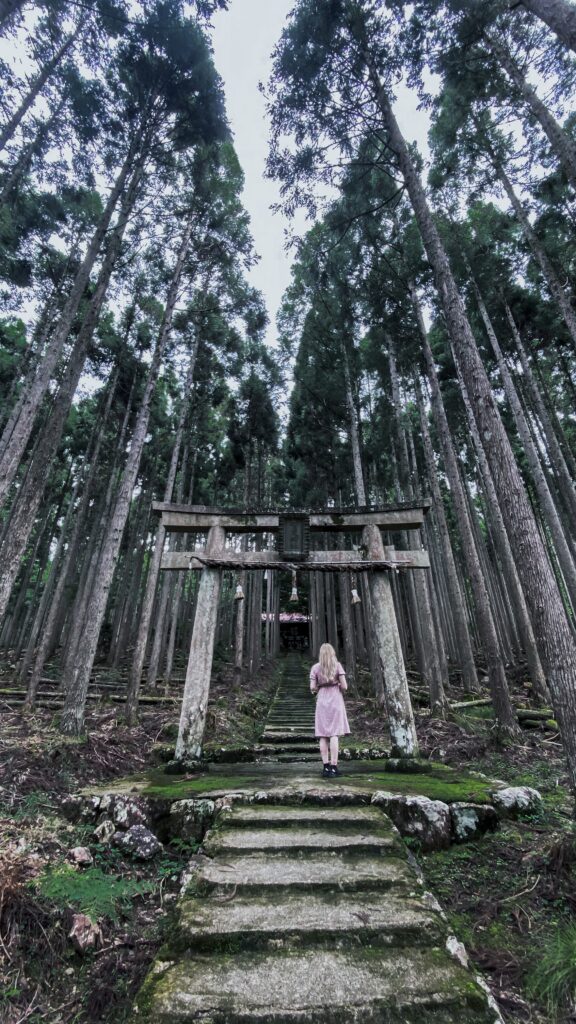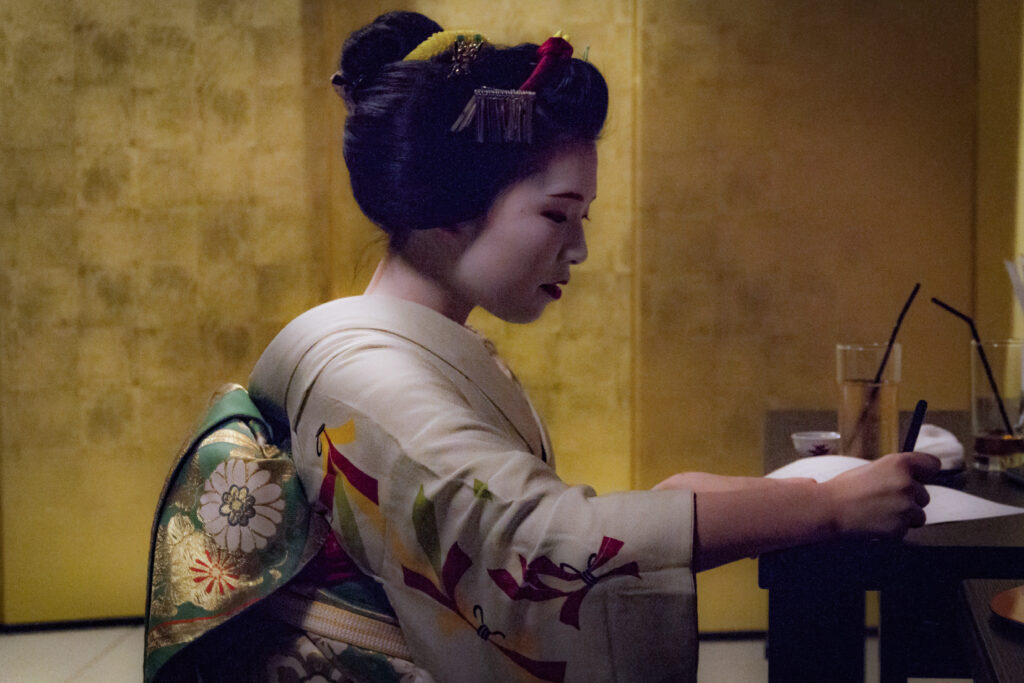
The Japanese government recently unveiled new banknotes. They reflect Japan’s artistic traditions and embody the nation’s dedication to innovation and progress. The 5,000 yen banknote is especially remarkable as it features a woman whose impact transcends her time and leaves an enduring legacy. Her name is Tsuda Umeko, a Japanese educator and women’s rights advocate.
(more…)
